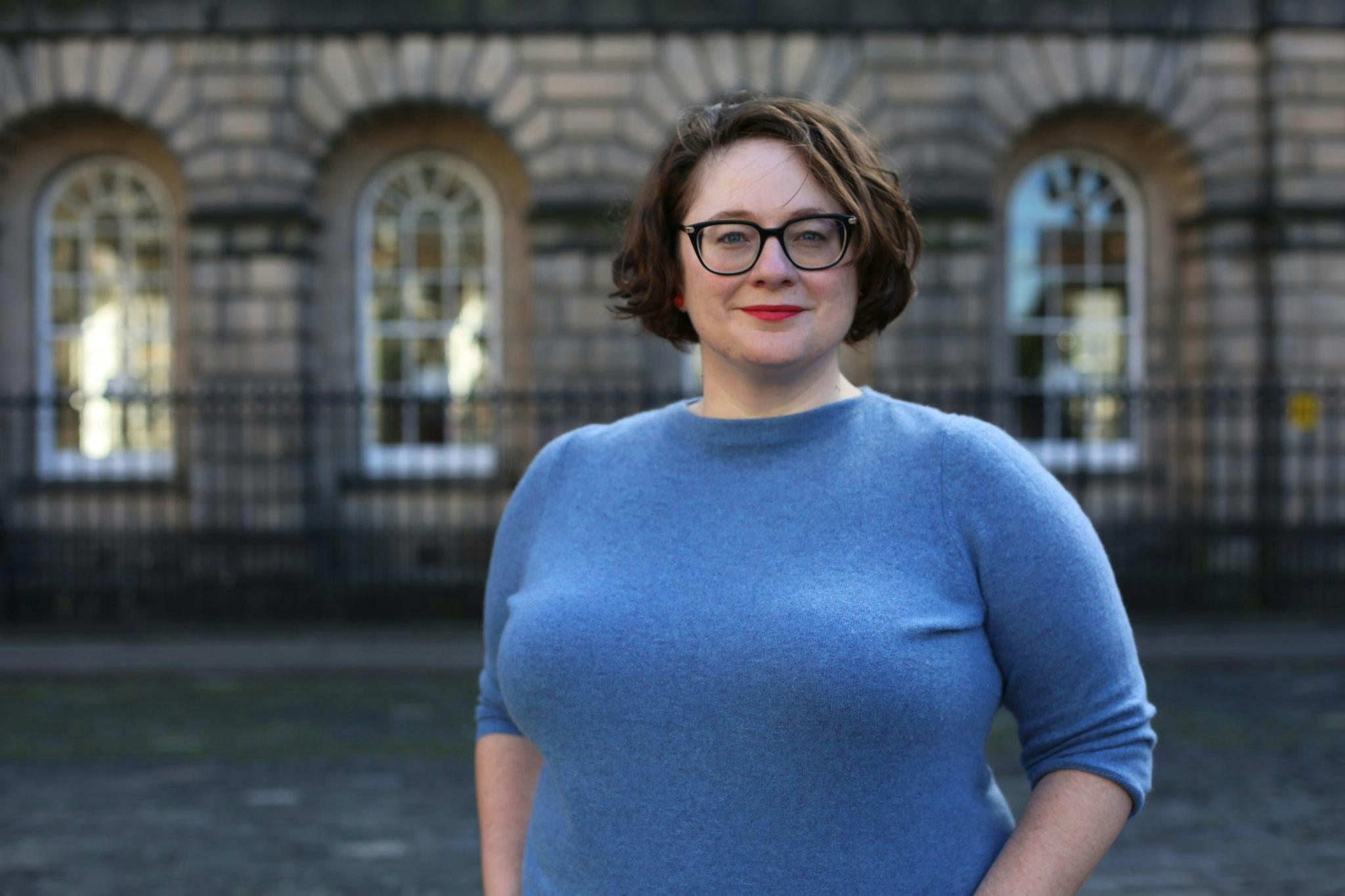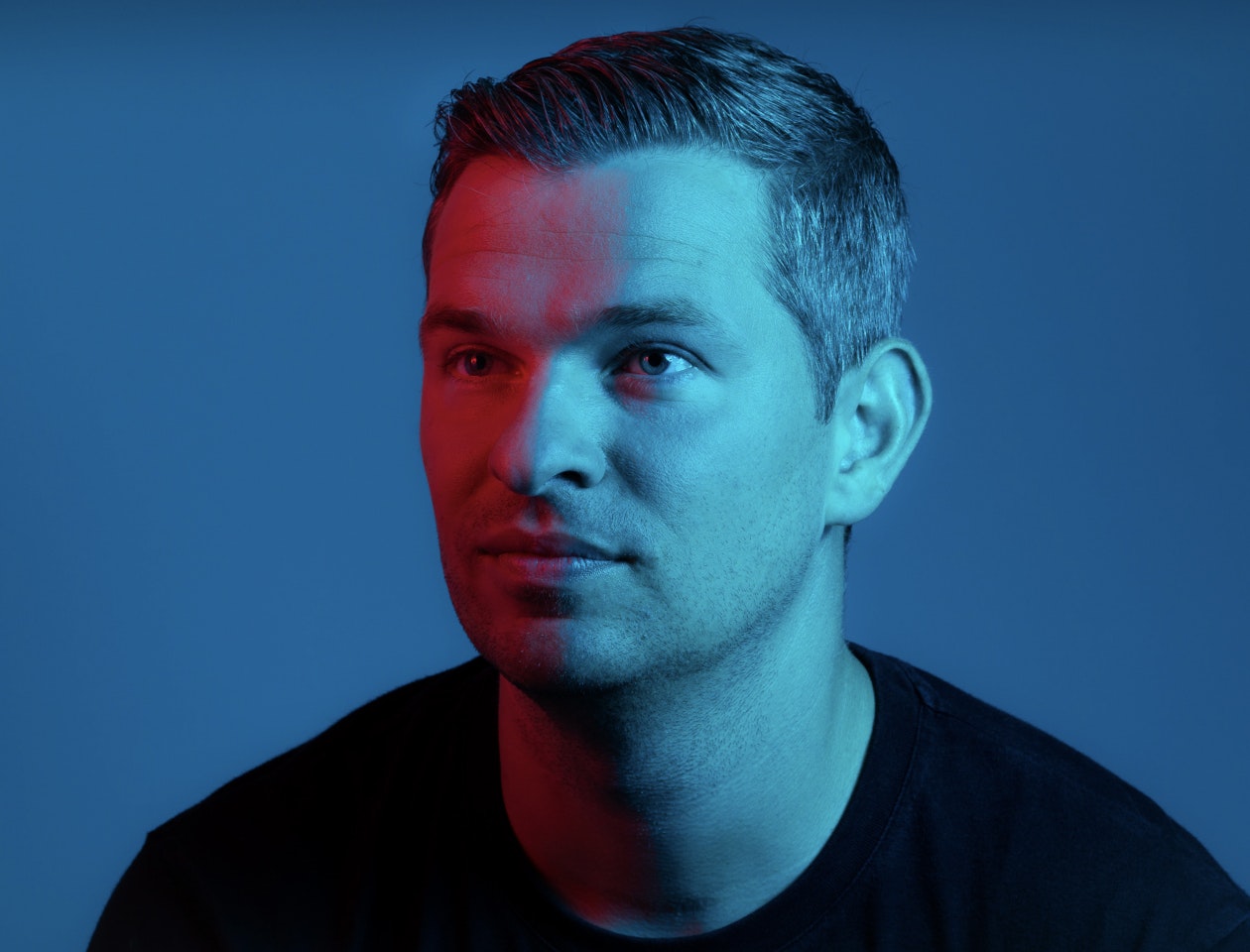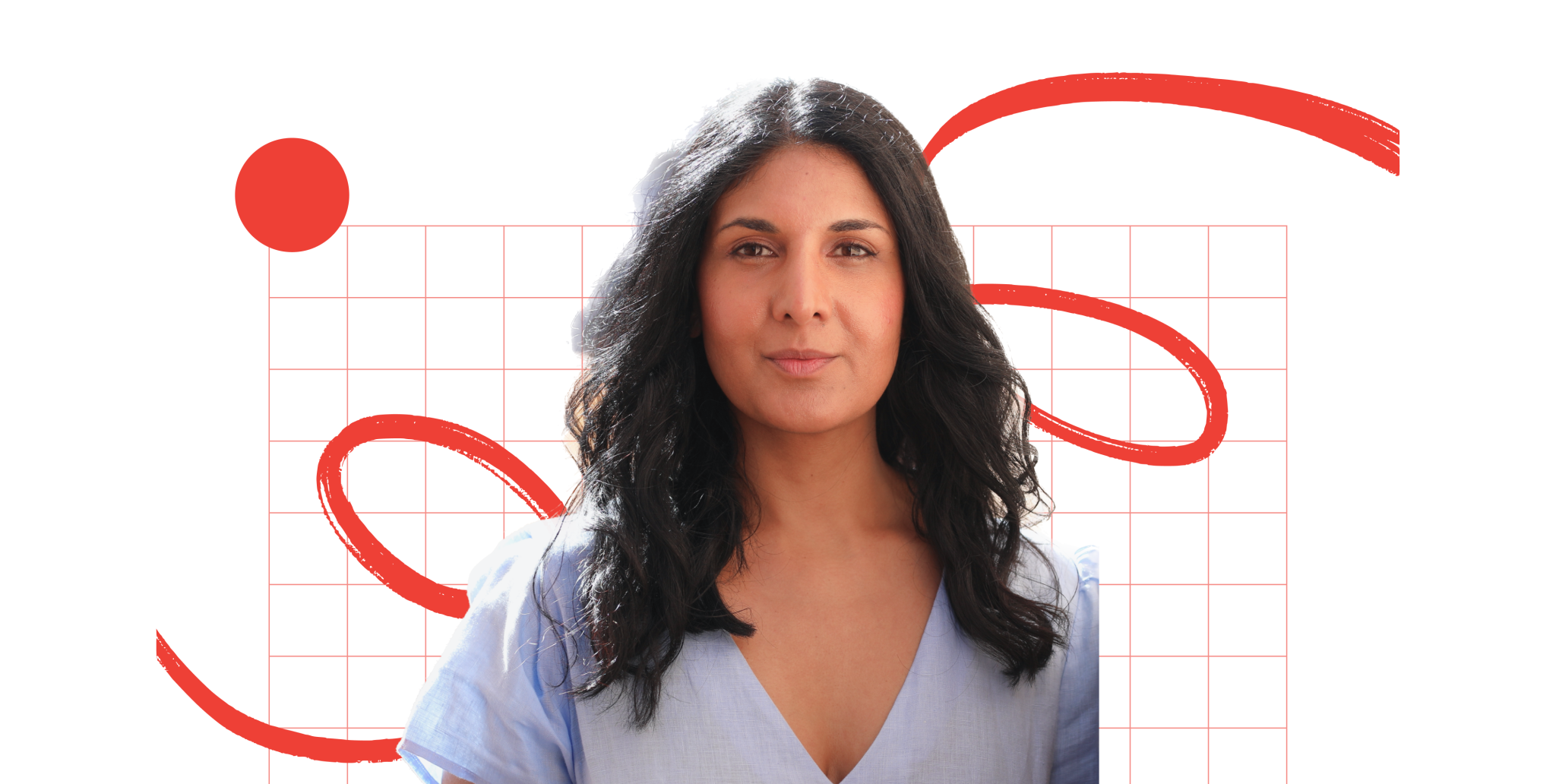Liisa Ennuste is global influencer marketing manager at Estonian mobility unicorn Bolt, which started working with influencers way back in 2017. Before joining Bolt last year, she was a brand manager at Nike. Now she oversees Bolt’s 130+ ‘ambassadors’ in 20 markets around the world — and has figured out how to do so with minimal resources; she works in a two-person team.
This Q&A first appeared in our weekly Startup Life newsletter. For more insights like this, sign up here.
Make your influencer marketing as scalable as possible.
The Bolt Ambassador Programme is a long-term effort; we partner with most of these influencers for a long period of time. We use a tool called Modash to find and evaluate influencers in every market and get their contact details, then do outreach. Get solid benchmarks on costs, so you know when approaching an influencer what would be a fair cost of the collaboration for you — and them. You need to be able to estimate what you’d get from it in terms of reach and cost per impression — and figure out if it’s worth it. Once you have that overview, it’s much easier to compare influencer costs really fast.
Create solid metrics and KPIs to manage performance.
Make sure you can compare your influencer marketing activity to other marketing channels. You can’t look at it in isolation; you need to understand whether it’s the right source of growth for your company. Track and measure everything. Number of conversions is the key metric, then CPA (cost per acquisition), CPM (cost per impression), reach and ROI (return on investment).
It’s not entirely accurate to compare to other channels, as influencers are talented creators (not just advertising channels) and so cost more, but you need to be able to make some kind of comparison to make a justified investment.
Figure out what’s the best platform for you.
For us, Instagram is the best so far; in terms of conversion, it’s still performing super well. TikTok can be super lucky — we’ve seen some good results in terms of reach, but we’re still testing.
Use data to choose which influencers you work with.
Look at their audience stats; for us, it’s very important that their audience is local and preferably based in big cities, because that’s where our customers are. We look at engagement rates, the quality of their content, how many partnerships they do with other brands. We want to see how much we’d stand out or whether there’s a promotion every day. Get insights from your local team, or from people who know the local influencer scene. Ask them to vet profiles and suggest other influencers. You need to make sure they're right for your brand and that your values are aligned.
Source ‘niche’ talent for specific campaigns.
When the first round of restrictions eased in London, we did a small influencer campaign called ‘Bolt Holes’. We contacted different photography-driven travel and lifestyle influencers to share their favourite bolt holes in town, travel there and take pictures. We’re currently working with micro influencers in our African markets to talk about safety; it’s a very complex subject and we want to have this super authentic conversation with their followers.


